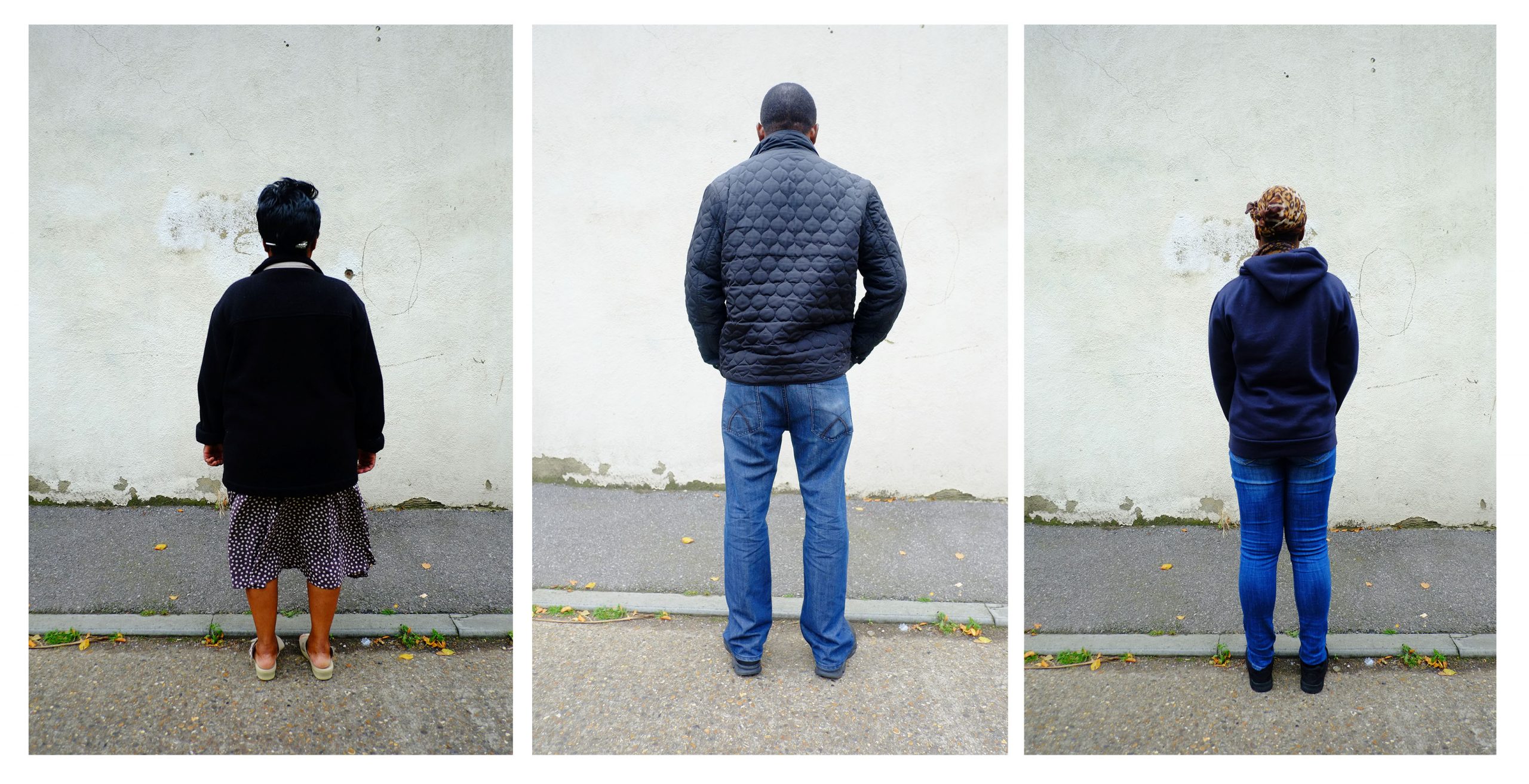I’d like to think that every time I make a photograph whether with a view to publication or for a personal project, I am upfront and honest about who I am, what my intentions are, what story I am trying to tell and how the output will be used.
Increasingly, I’ve sought engagement from subjects as to how we might make an image together.
This week has sparked me to consider with greater focus the power dynamic at play in my photography. I turn up with years of practice as a journalist (less so as a photography) and am usually an eloquent communicator able to put across my intentions and a rough idea of what I am seeking simply and clearly.
But I’m wondering whether my own confidence in what I am doing might unwittingly put subjects on the back foot, and that my own eloquence might put people in a situation in which they would feel awkward challenging my vision or intent. It goes without saying I desperately hope that is not the case. But I need to acknowledge that it might be.
Am I sometimes the equivalent of the experienced door-to-door salesman with the gift of the gab whose confidence in his or her spiel leaves the person on the other side of the door feeling they have little option but to comply, if only to get the experience over with?
Again, I desperately hope not. But perhaps I need to listen more carefully (both verbally and non verbally) to the people I photograph.
Doing so would not only be more ethical but it might lead to better images too.
So what constitutes ethical practice?
As a journalist by training, my starting point is accuracy – written or in visuals. This is an ethical consideration in terms of the eventual audience or my work, as well as to the subject represented.
The second consideration is the production – has the photograph been made ethically? This relates directly to my professionalism – had I explained my intentions well enough, was the person photographed given adequate information to make an informed decision as to whether they consented to my taking their picture? Did I listen to any concerns they might have and were they acted upon to meet those concerns?
The third consideration is output. Was the picture used in the way described at the outset? Did it fulfil its role in telling whatever story is being told?




